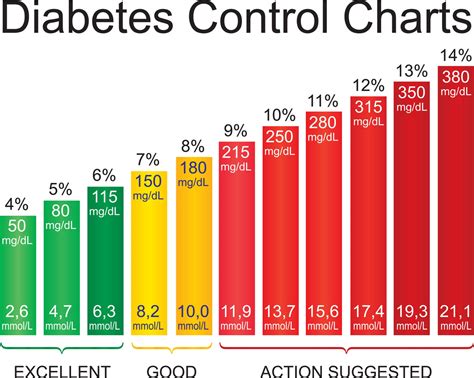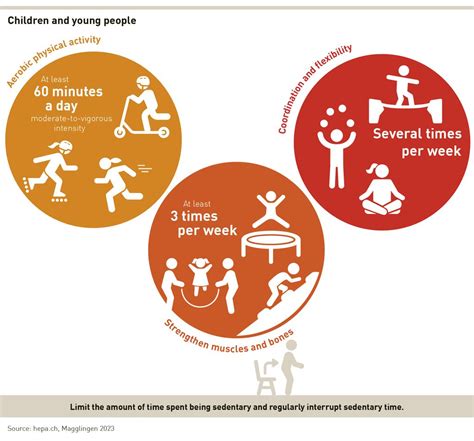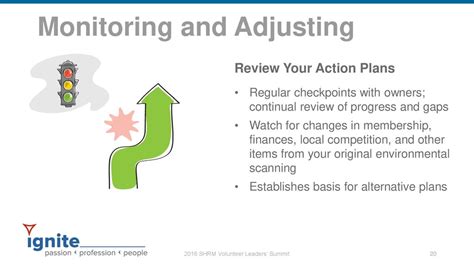Intro
Lower 300 blood sugar levels naturally with 5 proven methods, including diet, exercise, and stress management, to manage diabetes and improve overall health, reducing risks of hyperglycemia and related complications.
Managing blood sugar levels is crucial for individuals with diabetes or those at risk of developing the condition. High blood sugar, also known as hyperglycemia, can lead to various health complications if left uncontrolled. A blood sugar level of 300 mg/dL is considered extremely high and requires immediate attention. In this article, we will explore the importance of managing blood sugar levels and provide practical tips on how to lower a 300 blood sugar reading.
High blood sugar levels can cause symptoms such as increased thirst and urination, fatigue, blurred vision, and slow healing of cuts and wounds. If left untreated, hyperglycemia can lead to serious health complications, including nerve damage, kidney damage, and increased risk of heart disease and stroke. Therefore, it is essential to take proactive steps to manage blood sugar levels and prevent these complications.
The good news is that high blood sugar levels can be managed and lowered with lifestyle changes and medical treatment. By incorporating healthy habits into your daily routine, you can reduce your blood sugar levels and improve your overall health. In the following sections, we will discuss five effective ways to lower a 300 blood sugar reading and provide practical tips and examples to help you get started.
Understanding Blood Sugar Levels

Before we dive into the tips, it's essential to understand how blood sugar levels work. Blood sugar, also known as glucose, is a type of sugar that serves as the primary source of energy for the body's cells. When you eat, your body breaks down carbohydrates into glucose, which is then absorbed into the bloodstream. The pancreas releases insulin, a hormone that helps regulate blood sugar levels by facilitating the uptake of glucose by cells.
In individuals with diabetes, the body either doesn't produce enough insulin (type 1 diabetes) or is unable to effectively use insulin (type 2 diabetes). As a result, blood sugar levels can become elevated, leading to hyperglycemia. To manage blood sugar levels, it's crucial to understand the factors that affect them, including diet, physical activity, stress, and sleep.
Dietary Changes to Lower Blood Sugar

One of the most effective ways to lower a 300 blood sugar reading is through dietary changes. A healthy diet that is rich in whole foods, such as fruits, vegetables, whole grains, and lean proteins, can help regulate blood sugar levels. Here are some specific dietary changes you can make:
- Eat more fiber-rich foods, such as beans, lentils, and leafy greens, which can help slow down the absorption of glucose into the bloodstream.
- Choose whole grains, such as brown rice, quinoa, and whole-wheat bread, instead of refined grains.
- Incorporate healthy fats, such as avocado, nuts, and olive oil, into your diet.
- Limit your intake of sugary drinks, such as soda and juice, and opt for water or unsweetened tea instead.
Meal Planning Tips
To make dietary changes easier, consider the following meal planning tips:
- Plan your meals in advance to ensure you're getting a balanced diet.
- Shop for groceries regularly to ensure you have healthy ingredients on hand.
- Cook at home using fresh ingredients instead of relying on processed or restaurant foods.
- Keep healthy snacks, such as fruits and nuts, on hand to curb cravings and prevent overeating.
Physical Activity to Lower Blood Sugar

Regular physical activity is another effective way to lower a 300 blood sugar reading. Exercise helps improve insulin sensitivity, which allows glucose to enter cells more efficiently. Here are some ways to incorporate physical activity into your daily routine:
- Aim for at least 150 minutes of moderate-intensity aerobic exercise, such as brisk walking, cycling, or swimming, per week.
- Incorporate strength-training exercises, such as weightlifting or bodyweight exercises, to build muscle and improve insulin sensitivity.
- Try high-intensity interval training (HIIT), which involves short bursts of intense exercise followed by periods of rest.
Exercise Tips for Beginners
If you're new to exercise, consider the following tips:
- Start slowly and gradually increase the intensity and duration of your workouts.
- Find an exercise you enjoy, such as walking or dancing, to make it more enjoyable and increase motivation.
- Schedule exercise into your daily routine, such as first thing in the morning or during your lunch break.
Stress Management to Lower Blood Sugar

Stress can raise blood sugar levels by increasing the production of stress hormones, such as cortisol and adrenaline. To manage stress and lower blood sugar levels, try the following techniques:
- Practice deep breathing exercises, such as diaphragmatic breathing or box breathing.
- Engage in yoga or tai chi, which combine physical movement with deep breathing and meditation.
- Try progressive muscle relaxation, which involves tensing and relaxing different muscle groups.
Stress-Reducing Activities
In addition to these techniques, consider the following stress-reducing activities:
- Reading or listening to music to relax and unwind.
- Spending time in nature, such as walking or hiking, to reduce stress and improve mood.
- Connecting with friends and family, such as through phone calls or video chats, to build social support.
Medications and Supplements to Lower Blood Sugar

In addition to lifestyle changes, medications and supplements can help lower a 300 blood sugar reading. Here are some options to consider:
- Metformin, a medication that improves insulin sensitivity and reduces glucose production in the liver.
- Sulfonylureas, a class of medications that stimulate insulin release from the pancreas.
- Pioglitazone, a medication that improves insulin sensitivity and reduces glucose production in the liver.
Supplements for Blood Sugar Control
In addition to medications, consider the following supplements to help lower blood sugar levels:
- Berberine, a natural supplement that improves insulin sensitivity and reduces glucose production in the liver.
- Chromium, a mineral that enhances insulin sensitivity and glucose uptake in cells.
- Alpha-lipoic acid, an antioxidant that improves insulin sensitivity and reduces oxidative stress.
Monitoring and Adjusting Your Plan

To effectively lower a 300 blood sugar reading, it's essential to monitor your progress and adjust your plan as needed. Here are some tips to consider:
- Check your blood sugar levels regularly, such as before meals and before bed, to track your progress.
- Keep a food diary to track your eating habits and identify patterns that may be affecting your blood sugar levels.
- Adjust your medication or supplement regimen as needed, under the guidance of your healthcare provider.
Now that you've learned about the five ways to lower a 300 blood sugar reading, it's time to take action. Remember to consult with your healthcare provider before making any significant changes to your diet, exercise routine, or medication regimen. By working together, you can develop a personalized plan to manage your blood sugar levels and improve your overall health.
What are the symptoms of high blood sugar?
+Common symptoms of high blood sugar include increased thirst and urination, fatigue, blurred vision, and slow healing of cuts and wounds.
How can I lower my blood sugar levels quickly?
+To lower your blood sugar levels quickly, try drinking water, taking a short walk, or practicing deep breathing exercises. However, it's essential to consult with your healthcare provider before making any significant changes to your treatment plan.
What are the long-term complications of high blood sugar?
+Long-term complications of high blood sugar include nerve damage, kidney damage, and increased risk of heart disease and stroke. It's essential to manage your blood sugar levels to prevent these complications and improve your overall health.
We hope this article has provided you with valuable insights and practical tips to help you manage your blood sugar levels. Remember to consult with your healthcare provider before making any significant changes to your treatment plan. By working together, you can develop a personalized plan to lower your blood sugar levels and improve your overall health. Don't forget to share this article with friends and family who may be struggling with high blood sugar levels, and leave a comment below to let us know what you think!
